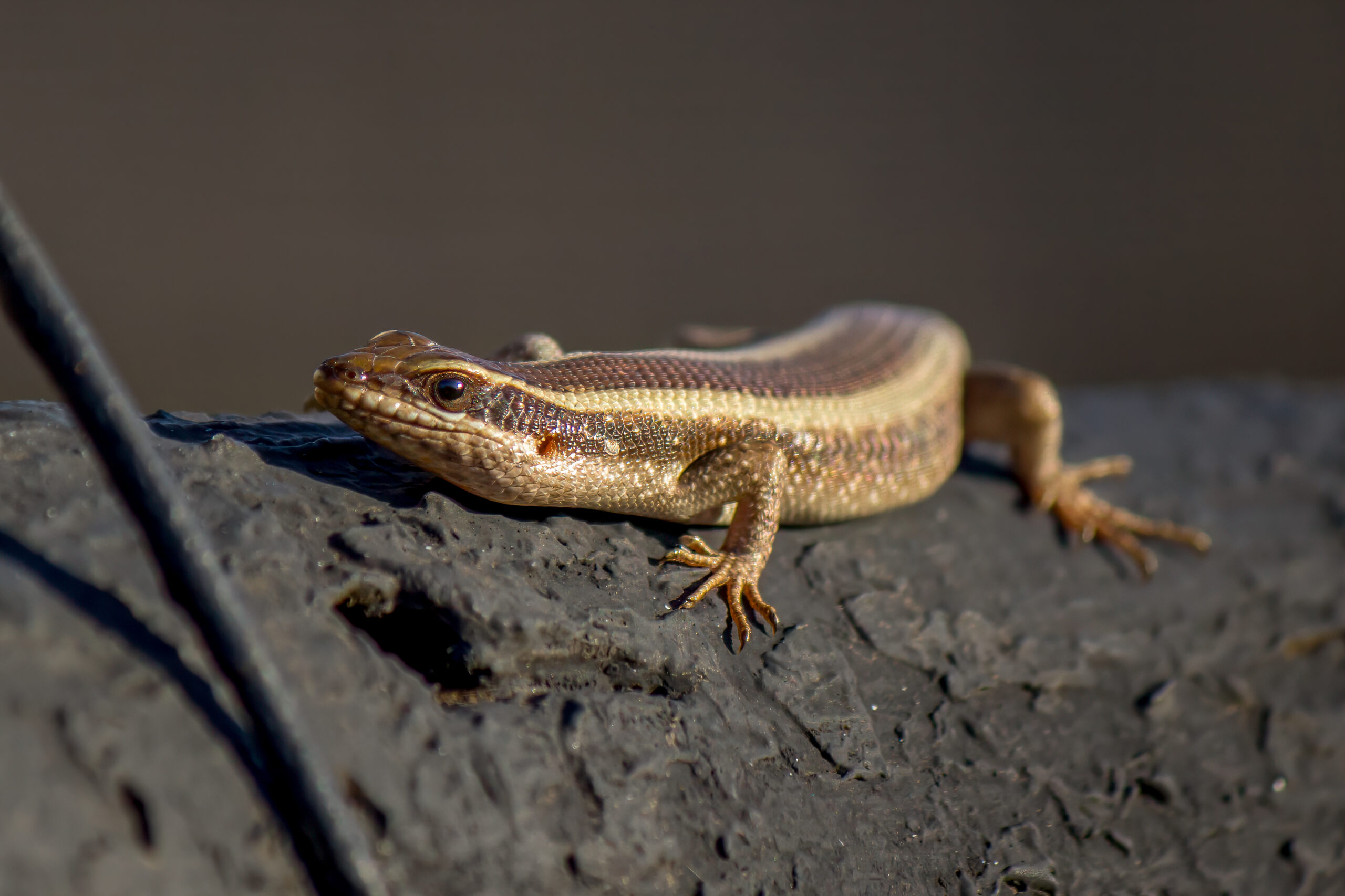Description
The giant legless skink (Acontias plumbeus) is a unique and intriguing reptile. Its most distinctive feature, as suggested by its name, is the absence of legs, which gives it an appearance similar to that of a snake. This skink is found primarily in southeastern Africa, with its range extending across various regions in this part of the continent.
In terms of physical characteristics, the giant legless skink possesses a streamlined body adapted for burrowing underground and navigating through tight spaces. It exhibits a smooth, glossy skin, which is typically a shade of lead-grey, dark brown, or almost black. It is the largest legless skink, growing to lengths of 40 cm (15.7 in), and in rare cases 50 cm (19.7 in). Unlike snakes, this skink has eyelids and external ear openings.
Diet & habitat
The giant legless skink is predominantly found in arid and semi-arid environments, including savannas and scrublands. It thrives in areas with loose soil or sandy substrates, which facilitate its burrowing lifestyle. Its diet primarily consists of insects and other small invertebrates. The skink’s hunting strategy involves lying in wait under the soil or within crevices, ambushing its prey with a swift and precise strike.
Reproduction
The breeding season for the giant legless skink typically occurs during the warmer months of the year, which coincides with the rainy season in Southern Africa. This species exhibits interesting reproductive behaviors, including specific courtship rituals that precede mating. The female lays several eggs, which she buries in the soil for incubation. The incubation period and specific details regarding the nesting behavior are areas of ongoing research, with variations observed across different populations.
Status
The population of giant legless skink is deemed stable, and there are no perceived threats to the species. It is listed as least concern on the IUCN Red List.






